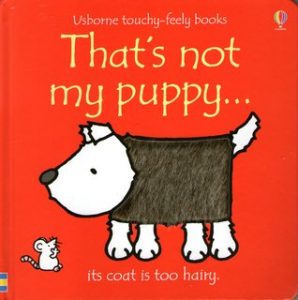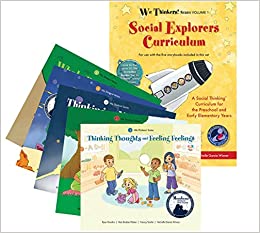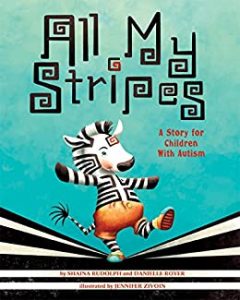
Best Books for Children with Autism Spectrum Disorder
Best Books for Children with Autism Spectrum Disorder
Children with Autism Spectrum Disorder have diverse levels of language and social skills. Reading with your children will facilitate their communication skills. It can build any skill such as language or critical thinking or problem solving or socialisation. This would eventually develop their advanced communication skills. Initially, you can start choosing books that would help them to explore and pay attention.
Then gradually, make them to read books that would facilitate their communication skills and understanding others’ emotions. Finally, introduce books about autism to them which would help them to understand about themselves better.
The list of books that would help them to build skills sequentially are:
- Realistic picture books
- Sensory books
- Repetitive books
- Story books
- Social skills books
- Children Books about Autism
1. Realistic Picture Books:
Start with books which has realistic pictures of their favourite farm animals, vehicles, space or dinosaurs. This gains their attention and also hem them to get introduced to their books. Seeing pictures of their favourite farm animals, vehicles etc would keep them engaged and also ignite their curiosity. Books such as Elephants and Giraffes, Pandas and Koalas etc can be interesting for them.

2. Sensory and Pop -up Books:
Introduce books that has attractive textures. Best strategy that you can use is to comment as they explore the books. Examples of sensory and pop up books are Touchy-Feely series by Fiona Watt, slide and find version of brown bear, brown bear by Eric Carle etc. These books would assist them to explore, gage their attention and elicit single words.
3. Repetitive Books for Child with Autism:
The strategy that can be used to read these books is reading the repetitive phrases such as “Brown bear what do_____” and asking them to fill in the missing the word “see”. Books such as Brown bear, Chicka Chicka Boom Boom and Hungry caterpillar keeps them involved, build their vocabulary and also improve their pragmatic skills.
4. Reading Story Books:
Reading Superhero story books and “ Where the wild things are” book by Maurice Sendak would encourage them to be curious by asking so many WH questions. While reading, ask questions like “can you guess what she is thinking? Or how does she feel?”. This would pave way for the language socio-emotion development.
5. Social Skills Books:
The Social Explorers Curriculum (volume 1) by Michelle Garcia Winner comprises of five books which are Thinking with your Eyes, The Group Plan focusing on social skills, When my worries get too Big focusing on understanding their emotions, Socially curious and Curiously Social aims to improve social communication skills among teenagers and adults. There is another interesting book by Mo Williams facilitates them to understand their feelings in an entertaining fashion.
6. Children Books about Autism:
One could look for books which talks about the challenges faced by children with Autism. To name a few, How to speak Dolphin by Giny Rorby, Giraffe Friendship by Michael Gordon etc.
There is a well-known book which is about how a girl loves his half-brother, how autism has taken over her life and how she can’t make friends or go out after school. Most importantly, caring for her half-brother has forced her to take up the role of mother than a sister was emphasised more in this story. It also explains how she wants her step father to accept that his son has real issues so that she can have a life on her own.
There is another book called All my Stripes by Danielle Royer and Shaina Rudolph which is about a Zebra with Autism, the challenges he faces each day and what it is like to have Autism.
Children with Autism Spectrum Disorder have fleeting eye contact and difficulty in sharing their thoughts through words or gestures. While reading or when it is read to them, they have a very short attention span. You can try reading for a short span and make it interactive by asking them to point or name objects. Some of them may begin to read early and show peculiar interest in certain topics and they wish to read more pertaining to that topic.
The five strategies to keep in mind while reading to them are:
- Associate reading with their day to day activities
- present topics that are of their interest
- choose language age appropriate books
- teaching them one concept at a time
- stimulate the five senses.
Ignore the diagnosis and make reading a fun activity and this would eventually facilitate their learning and social skills.
Source:
- Best Books for Children with Autism Spectrum Disorder - December 20, 2022
- Selective Mutism - November 13, 2021
- Everyday Items as Awesome Toys: Play Dough - July 27, 2021



Leave a Comment
(0 Comments)